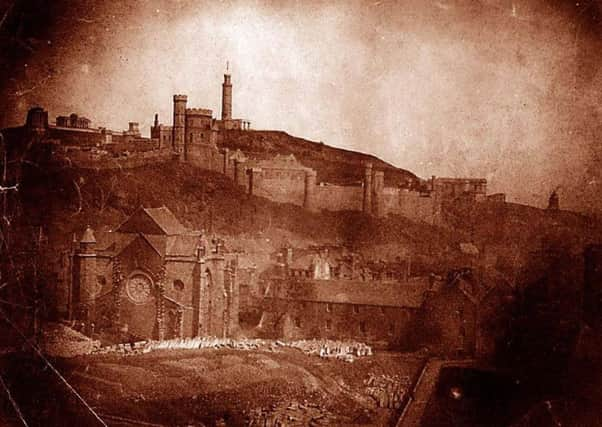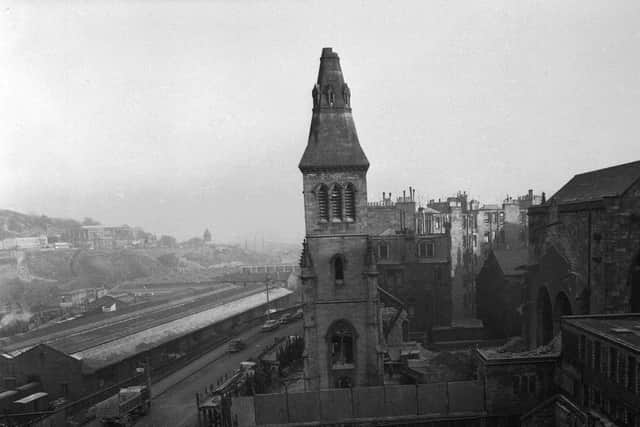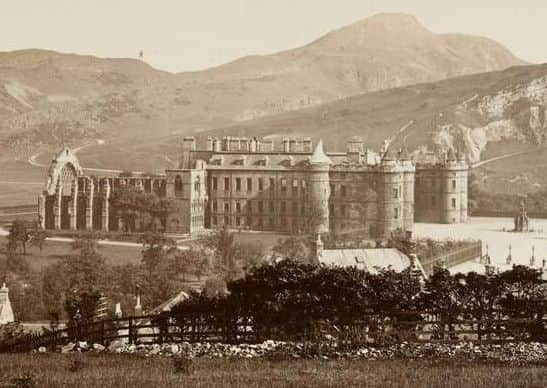The Edinburgh church demolished and decanted to Calton Hill


Situated on the eastern banks of the Nor’ Loch close to present-day Calton Road, Trinity College Kirk and its adjoining hospital were founded by Mary of Gueldres, consort to King James II, in 1460. Construction continued until the 1530s but it would never be 100% complete.
After the Reformation, ownership of Trinity College Kirk was passed over to the town council – a decision that would prove fatal 300 years later.
Advertisement
Hide AdAdvertisement
Hide AdIn 1848 the North British Railway Company purchased the site in order to expand Waverley Station.


The expansion required the removal of all original buildings including the historic Trinity College Kirk.
A condition was agreed, however, stating that the kirk be rebuilt elsewhere. Each stone was carefully dismantled, numbered and deposited on Calton Hill under the strict supervision of Edinburgh architect David Bryce.
The remains of Queen Mary, the kirk’s foundress, had been interred within the church since 1463 and were moved to Holyrood Abbey. Pioneer photographers Hill & Adamson took a number of calotypes of the old kirk before its demise.
The “scandalous desecration” of the ancient kirk and hospital incensed Lord Henry Cockburn who fumed: “It was not only the oldest, but almost the only remaining Gothic structure in Edinburgh; and those who understood the subject, revered it as one of great architectural interest.


“This church was sacrificed, not to the necessities, but to the mere convenience of a railway.”
Due to a series of arguments, legal wrangles and lack of finance, twenty-five years would pass before a decision was made on where to rebuild the kirk.
Advertisement
Hide AdAdvertisement
Hide AdThe £16,000 that the town council received from the North British directors had been intended to be used to rebuild Trinity Kirk, but it had been mysteriously spent elsewhere.
Construction of a new Trinity Kirk eventually began on Jeffrey Street in 1872. Unfortunately, the numbered stones were considerably depleted having lain unprotected on Calton Hill for so many years. Many Edinburgh citizens had simply helped themselves and much of what remained was badly damaged. In the end, only a small portion of the original kirk was salvaged.


Today the ‘new’ kirk on Jeffrey Street is no more. It was demolished in 1964 but a small section known as the Trinity College Apse (formerly the Brass Rubbing Centre) still survives on Chalmers Close behind Jurys Inn. Many of the painted numbers on the stonework from when the kirk was dismantled can still be seen. The remaining structure is protected by Historic Environment Scotland as a Category A listed building.